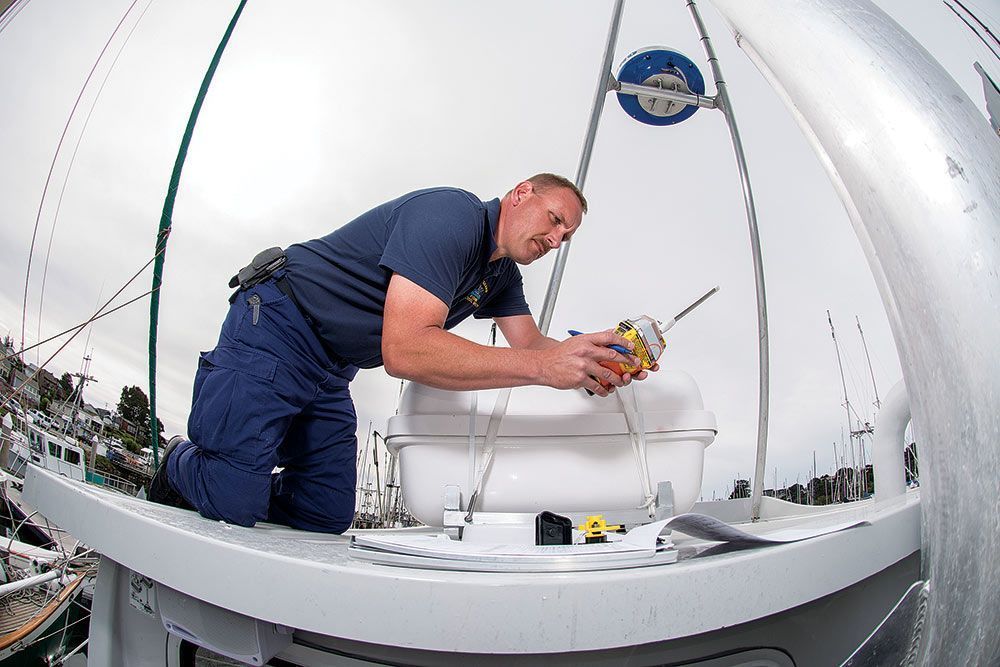
Human personalities might be quantifiable as Type A or Type B. But in the marine world, I’ve seen two different kinds of boaters: Type D and Type P.
Type D for denial: “No emergency will ever befall me. I’ve got everything under control.”
Type P for paranoia: “I can’t go out in 2- to 4-foot seas! Let’s wait till summer, when it’s calm.”
I hope most of us don’t exhibit those extremes. But chances are, we each lean one way or the other. I’m a little closer to a P than a D, meaning I believe in preparing, and I believe in backups — in the form of electronic safety gear, such as VHF radios, EPIRBs, PLBs, AIS SARTs, sat phones, satellite emergency notification devices and single-sideband radios.
I own a 22-foot bay boat, so I don’t venture into rough seas. But I also fish aboard a variety of other vessels that might or might not be fully equipped. I carry a personal locator beacon (PLB) and wear it on my belt. Sometimes I’ve been known to carry a spare handheld VHF. Remember, I’m kind of a Type (almost) P.
Smaller vessels that stay within sight of shore, including kayaks and paddleboards, must obey the U.S. Coast Guard rules as well as those of their individual states when it comes to life jackets, flares and other signaling devices. But to my knowledge, none of those regulations stipulates any electronic-gear requirements for recreational boaters.
The U.S. Coast Guard does help educate boaters about proper use of electronics, including how to test a VHF’s digital-selective-calling (DSC) feature and how to make an actual distress call. Tom Dardis, Coast Guard recreational boating safety outreach coordinator, says boaters should always consider their ability to communicate with other boats and their ability to activate a come-and-help-me scenario.
“We’d always recommend that you carry some type of communication, such as a DSC VHF radio,” Dardis says. “A DSC VHF would be first. A PLB or EPIRB would be secondary. A sat phone could be secondary or tertiary. Having redundant systems is good if you can afford it.”
Vessels too small to mount a stationary VHF should at least be equipped with a handheld VHF. All maritime radios must be DSC-enabled by law (as of 1999). DSC is a kind of paging system that transmits your position and vessel information to emergency personnel.
Fixed-mount radios can transmit up to 20 miles, though that’s dependent upon VHF antenna height. Handhelds can transmit up to 8 miles.
Cellphones do…





